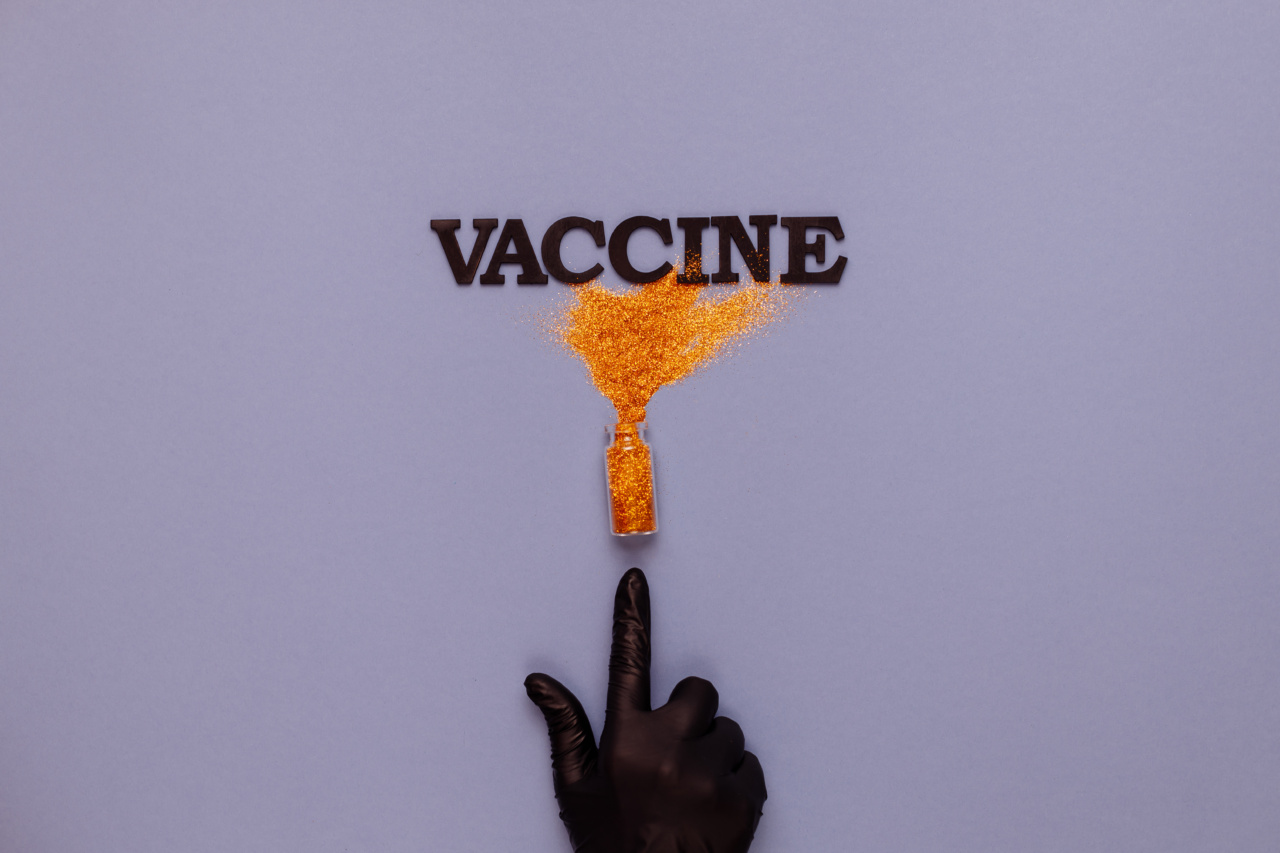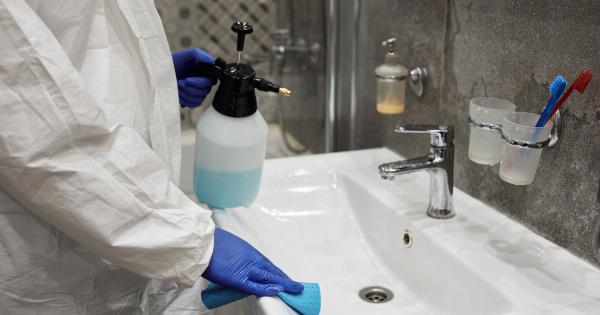As a parent, one of your top priorities is ensuring that your baby stays healthy and safe. One way to do this is by using clean, sterilized bottles for feeding.
Sterilizing bottles helps to eliminate germs and bacteria that could cause illness to your baby. In this article, we’ll discuss the importance of bottle sterilization and the different methods you can use to master the art of sterilizing bottles.
Why is Bottle Sterilization Important?
Babies have an underdeveloped immune system, which makes them more susceptible to infections and illnesses. Therefore, it is crucial to ensure that everything that goes into their mouth is clean and free of germs.
This includes bottles, nipples, and other feeding equipment. If these items are not properly sterilized, harmful bacteria and germs can quickly accumulate and cause infections.
Some common infections that can result from using unsterilized bottles and nipples include thrush, gastroenteritis, and diarrhea. These infections can be harmful to your baby’s health, and some may even require medical attention.
How to Sterilize Bottles
There are several methods you can use to sterilize bottles. The method you choose will depend on your preference and the equipment you have available.
Boiling Water
One of the most straightforward and cost-effective methods of sterilizing bottles is boiling water. To do this, fill a pot with enough water to cover the bottles and bring it to a rolling boil.
Carefully place the bottles, nipples, and other feeding equipment into the water, ensuring that they are fully submerged. Boil for at least five minutes, then remove from the heat and let cool before using.
Chemical Sterilizers
If you prefer not to use boiling water, you can also use chemical sterilizers. These are easy-to-use solutions that can effectively sterilize bottles and other feeding equipment.
Simply mix the solution as per the manufacturer’s instructions, place the bottles and equipment in the solution, and let soak for the recommended time. Rinse the items thoroughly with clean water before using.
Steam Sterilizers
Steam sterilizers are specially designed machines that use high-temperature steam to sterilize bottles and other feeding equipment. These machines are easy to use and can sterilize multiple bottles and nipples at once.
Place the equipment in the sterilizer, add the required amount of water, and turn it on. The machine will then heat the water to produce steam, which will sterilize the equipment in a matter of minutes.
Dishwashers
Another effective method of sterilizing bottles is by using a dishwasher. Ensure that your dishwasher has a hot water cycle, and place the bottles and equipment in the dishwasher on the top rack.
Run the dishwasher on a hot cycle, and the heat and steam will effectively sterilize the equipment. Remember to rinse the equipment with clean water before using.
When Should You Sterilize Bottles?
It is essential to sterilize bottles before the first use. After that, depending on your baby’s age and health condition, you may choose to sterilize bottles daily or every few days.
Generally, it is recommended to sterilize bottles until your baby is at least six months old, when their immune system is stronger.
Tips for Effective Bottle Sterilization
Now that you understand the importance of sterilizing bottles and the different methods you can use let’s look at some tips for effective bottle sterilization.
Clean Bottles Before Sterilization
Before sterilizing bottles, ensure that they are clean. Clean bottles using warm soapy water and a bottle brush, then rinse with clean water.
Sterilize Nipples and Other Feeding Equipment
Don’t forget to sterilize nipples, rings, and other feeding equipment that come into contact with your baby’s mouth. These items should be sterilized along with the bottles to eliminate germs and bacteria.
Ensure Proper Storage After Sterilization
After sterilizing bottles, nipples, and other feeding equipment, store them in a clean and dry place. Avoid touching the inside of the bottles or nipples to prevent contamination.
Replace Bottles Regularly
Replace bottles and nipples regularly, especially if they show signs of wear and tear. Discard any items that are cracked, cloudy, or discolored as these may be more difficult to sterilize effectively.
Check Manufacturer’s Instructions
Be sure to check the manufacturer’s instructions for the bottles you use. Some bottles and nipples may not be compatible with some sterilization methods; for example, some plastic bottles may melt in boiling water.
Take Extra Precautions with Premature or Ill Babies
Premature babies or those with certain health conditions may require extra precautions when sterilizing bottles. Speak to your healthcare provider for guidance on the best sterilization methods for your baby.
By following these tips, you can effectively sterilize bottles and other feeding equipment, ensuring that your baby stays safe and healthy.































